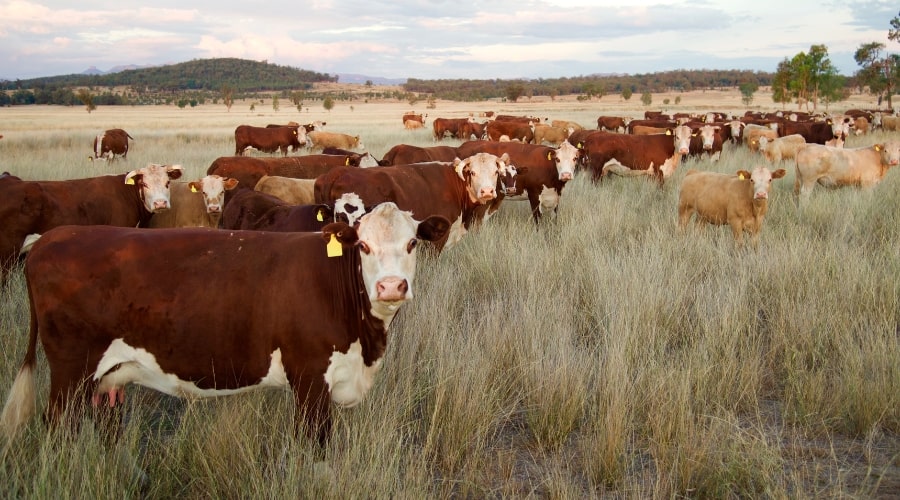The efficiency of raising cows for meat compared to farming crops depends on multiple factors, including resource use, environmental impact, and output. Each method has unique benefits and challenges. This comparison explores the key aspects to help understand their efficiencies.
Resource Requirements
Cattle farming requires significant land, water, and feed resources. Grazing systems can make use of non-arable land, turning grass into protein. However, intensive systems demand large quantities of feed crops, such as corn and soy, which add to the overall resource footprint.
Crop farming generally uses less water and land per calorie produced. However, certain crops, like rice and almonds, can have high water usage. Crop production depends on fertile land, limiting where it can be practiced effectively.
Efficiency varies depending on the region and farming practices. Well-managed grazing systems can maximize land use, while intensive cropping methods can boost yields on limited acreage.
Environmental Impact
Cattle farming produces methane, a potent greenhouse gas, through enteric fermentation. Manure management and feed production also contribute to emissions. Overgrazing can lead to soil degradation and reduced biodiversity if not controlled.
Crop farming impacts the environment through pesticide and fertilizer use, which can lead to water pollution and soil depletion. Monocropping reduces biodiversity and makes ecosystems more vulnerable to pests and diseases.
Both systems benefit from sustainable practices. Rotational grazing, manure composting, and precision feeding can reduce cattle farming’s impact. In crop farming, integrated pest management and crop rotation improve sustainability.
Food Production Efficiency
Raising cows for meat is less efficient in terms of calories produced per unit of input compared to crops. For example, growing grains directly for human consumption uses fewer resources than converting them into animal feed.
However, cattle farming excels in producing nutrient-dense protein. Beef provides essential amino acids, vitamins, and minerals not found in many crops. Grass-fed systems use land unsuitable for crops, contributing to food security.
Crops provide a higher caloric yield per acre, making them more efficient for feeding larger populations. Staple crops like wheat, corn, and potatoes are calorie-dense and require less input per calorie produced.
Economic Considerations
Cattle farming can be lucrative due to high market demand for beef. Farmers can diversify income by selling milk, manure, and hides. However, it requires significant investment in infrastructure, feed, and healthcare for livestock.
Crop farming offers lower upfront costs, especially for small-scale operations. Diversifying crops can protect against market fluctuations and pest outbreaks. However, reliance on weather and market conditions can make crop farming risky.
Sustainability Practices
Both cattle farming and crop farming can benefit from sustainable practices to improve efficiency:
-
Cattle Farming:
- Adopt rotational grazing to maintain pasture health.
- Use feed additives to reduce methane emissions.
- Implement manure management systems to recycle nutrients.
-
Crop Farming:
- Use cover crops to improve soil health.
- Reduce chemical inputs through integrated pest management.
- Practice no-till farming to reduce soil erosion.
Factors to Consider When Comparing Efficiency
- Land Availability: Use marginal land for grazing or fertile land for crops.
- Nutritional Needs: Balance protein and calorie production based on population requirements.
- Climate Suitability: Match farming methods to local environmental conditions.
- Economic Goals: Evaluate market demand and income potential.
Checklist for Evaluating Efficiency
- Assess land suitability for cattle or crops.
- Calculate input requirements, including water, feed, and labor.
- Compare environmental impacts and sustainability practices.
- Evaluate market demand and financial feasibility.
By understanding these factors, farmers and policymakers can make informed decisions about resource allocation. Both systems play essential roles in feeding the world, and their efficiency depends on context and management practices.


